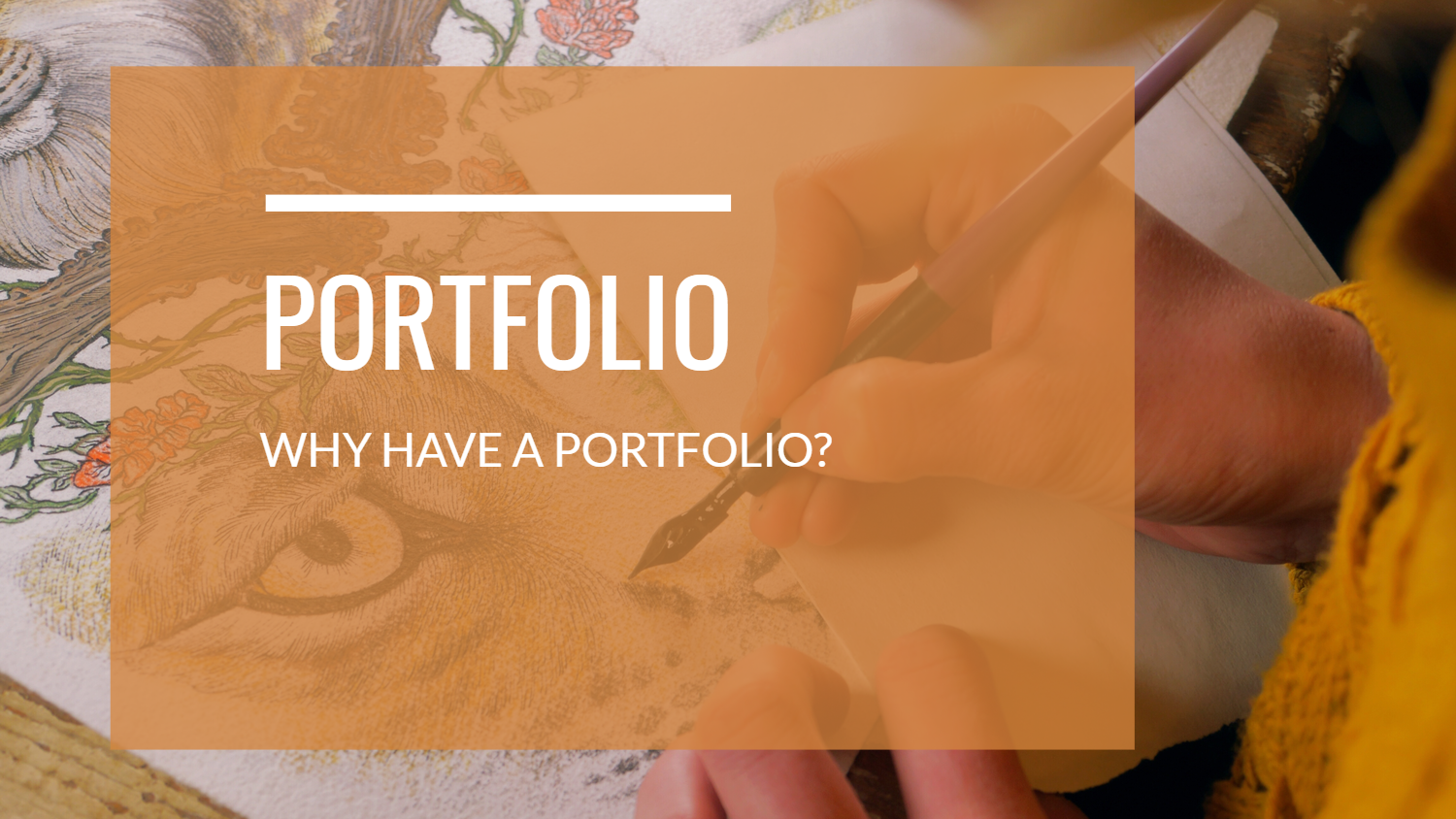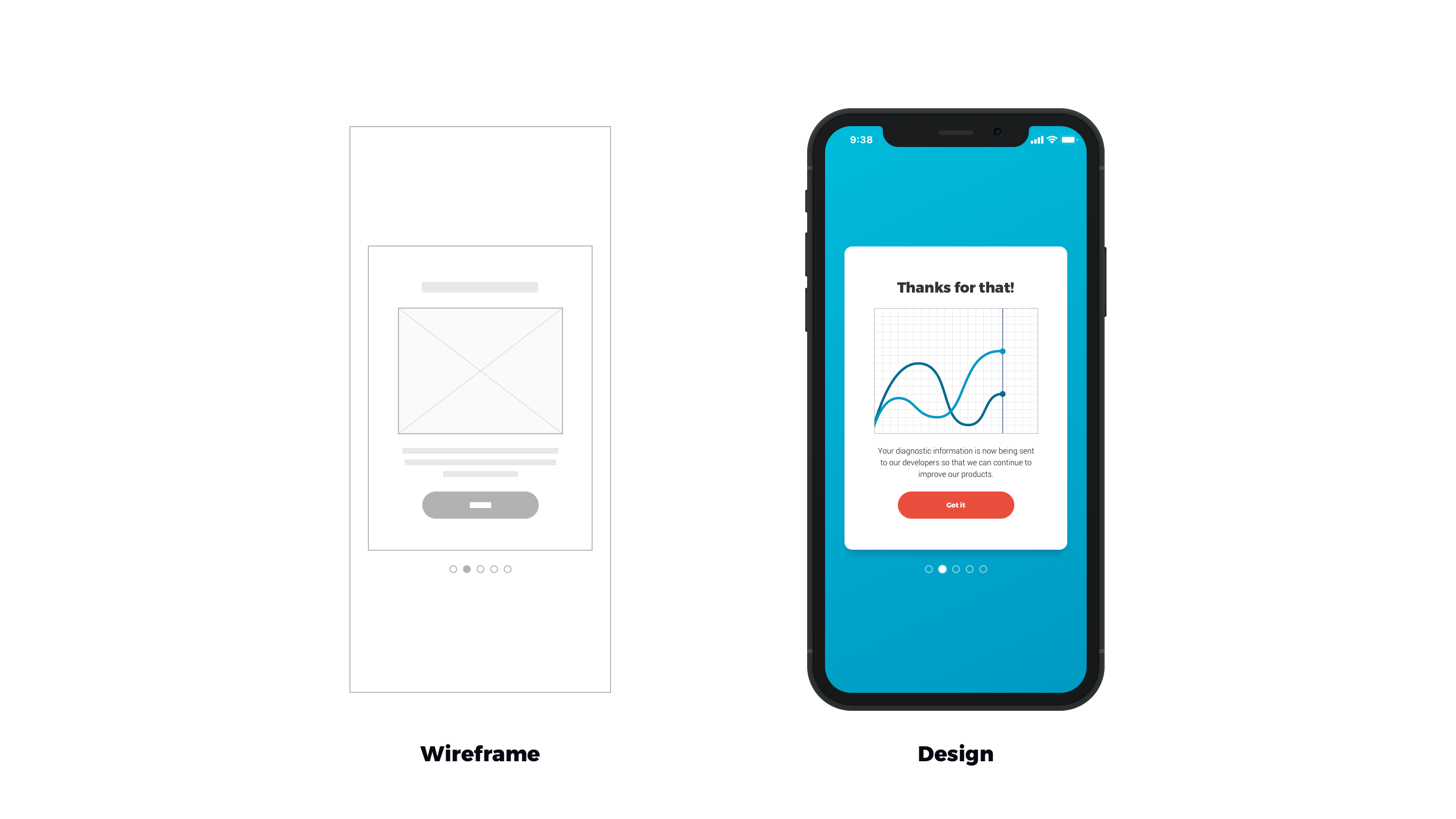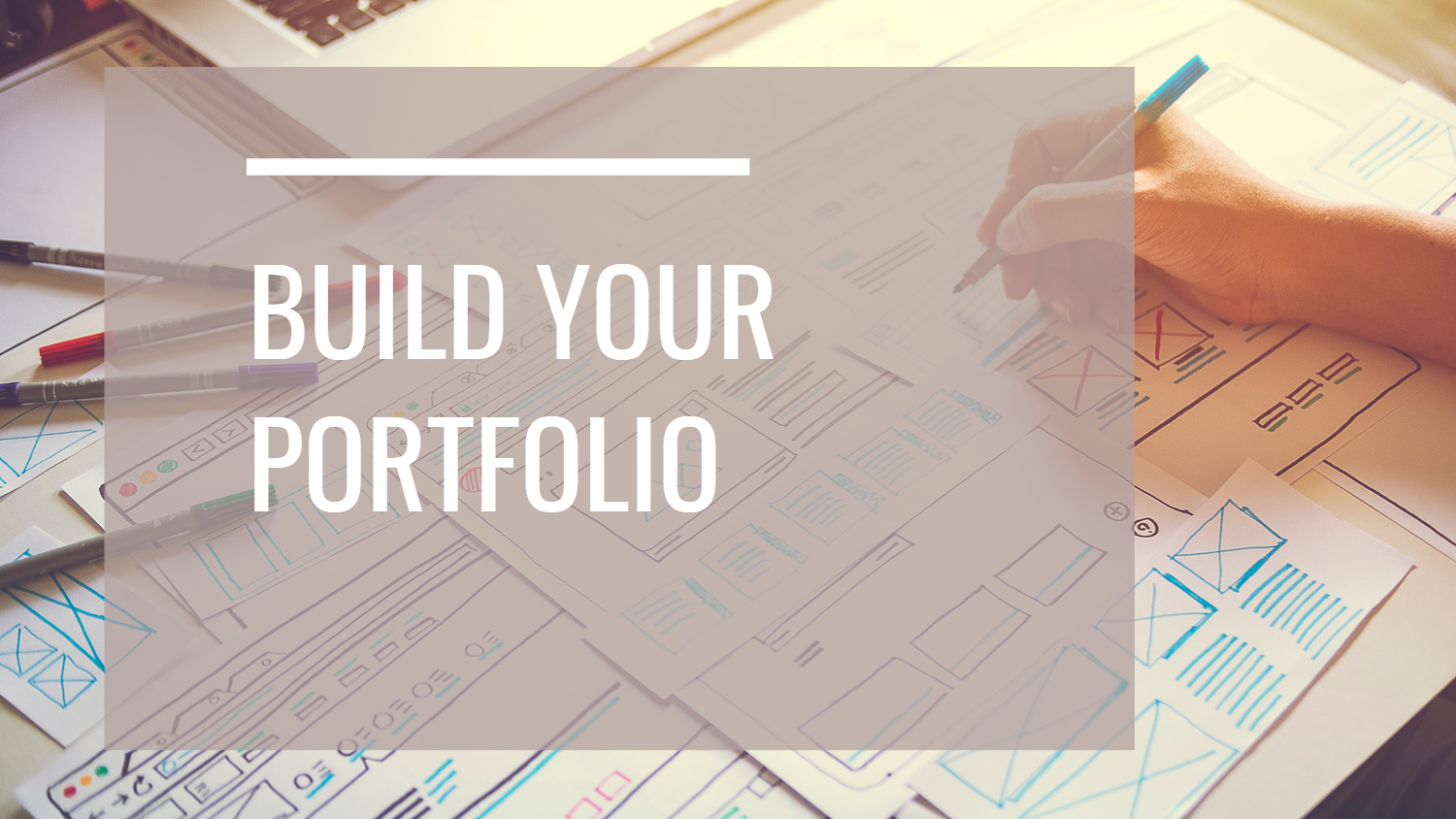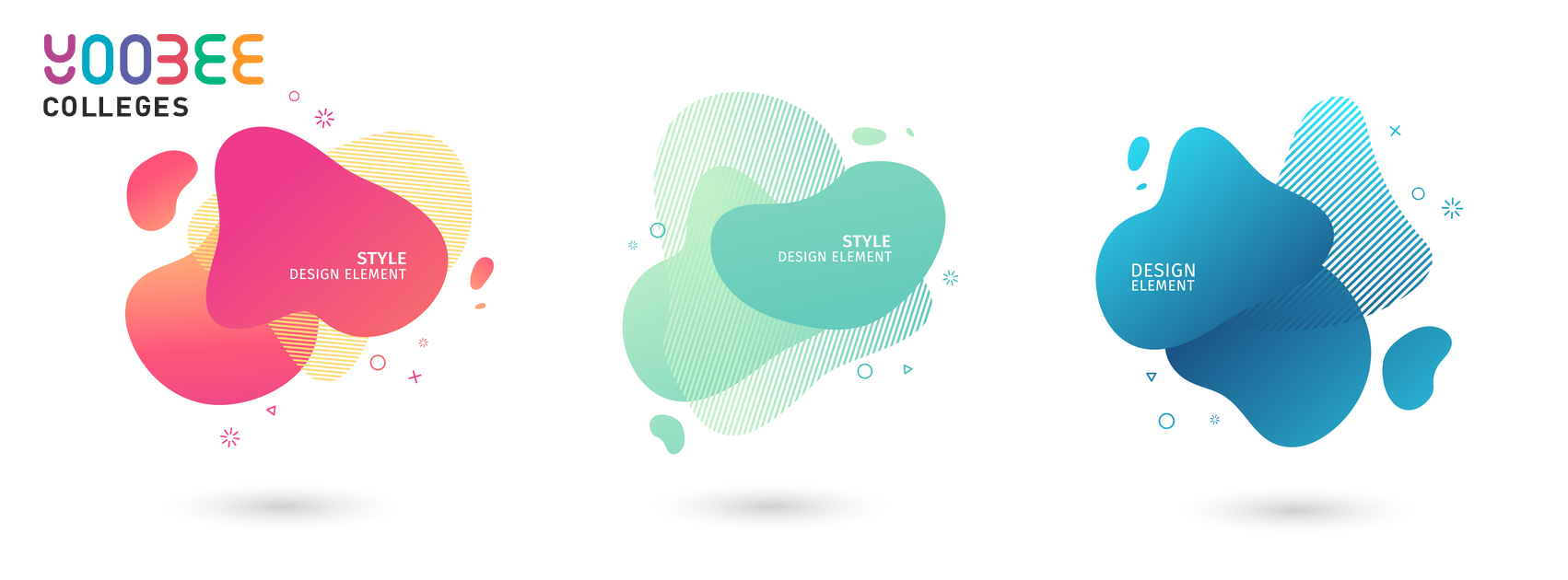Now you have worked through your first design project, let's learn about how to create your very first design portfolio.

For a wide range of specialisations in the industry—designers, illustrators and photographers—a portfolio is a must-have. It's an essential tool that demonstrates your abilities to potential clients and employers.
A portfolio will often include examples of your work, information about yourself (a great opportunity to use your elevator pitch) and contact details so that you are reachable.
It's becoming more common to share your process and problem-solving skills in your portfolio, not just final works. A growing number of clients and employers would like to see evidence of how you've thought through particular problems and worked within project constraints.

Portfolios can be shared in a variety of formats. It could be a physical document, a digital document, or a website containing your content. Portfolio websites are standard as they're accessible to anyone with an internet connection and your portfolio's URL.
Sometimes designer's might choose to host their portfolio websites themselves with their own domain and hosting package, others might use a third-party platform like Dribbble or Squarespace to do so.
A strong portfolio can sometimes be the difference that lands you your dream job. It's crucial to put every effort into representing yourself appropriately and ensuring you're putting your best foot forward.

Below are examples of other designer's portfolios to provide you with a better understanding of how you might present your own work:

Now we have been through some examples of portfolios, it's now your turn to start putting together your own portfolio. The work you have done for this course will form the basis for this portfolio.
Let's start with what you worked on in Module 1. In this Module we worked on the followings:
- Career options in web and graphic design
- Your own written elevator pitch
These two items should be used in the profile section of your Portfolio. Key to this will also be selecting a clear profile picture that best represents you. This should not be a cropped image of yourself and other people. Here is an example of a profile that contains what we have learned.

Once you have your profile ready it's time to start bringing together the work you did in Module 3. Remember it's not just the finished product that matters, you should include all of your iterations (from the first draft to final design). Also, make sure you include text to talk about your designs, why did you make changes, how did the design evolve over time.
